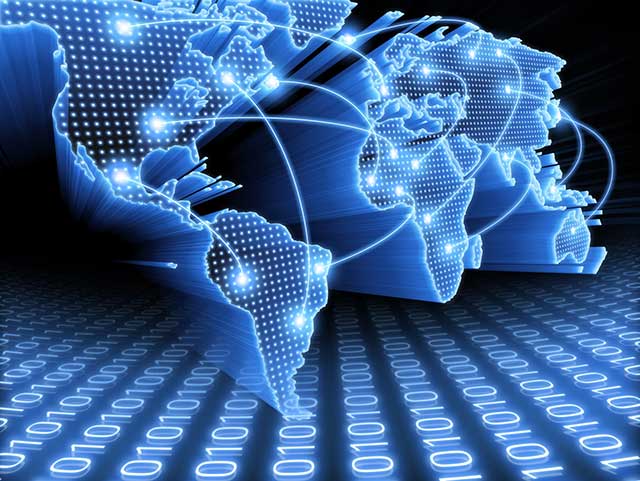While we now take internet access for granted, whether at home or on our phones or tablets, the kind of near-universal connections that we have are a relatively recent trend, and one that’s still mainly limited to half the world’s population. It’s worth reviewing the development of internet access, which ranges from the early days of dial-up connections, through to the current combination of fixed lines, routers, and Wi-Fi devices available from companies such as Comms-Express, to appreciate how easy it is to now go online.

The origins of public internet access can be traced back to the early history of private internet networks. Early forms of the internet were tied to research institutes and governmental groups, whereby inter-networking between computers was made possible on a large scale – – networks such as ARPANET were particularly important, in this respect. The commercialisation of the public internet began in the 1980s with the development of internet service providers, usenet groups, and peer to peer email.
The switch to dial-up connections in the 1980s and the early 1990s was a gradual process, and one that involved internet services sharing telephone lines – – compared to what we now experience in terms of connections, dial-up was a limited but still effective way for many people to get online, albeit with low bandwidth speeds and impracticalities when it came to sharing lines and handling more than email and browsing.
Notable changes in internet speeds were then driven by the expansion of specific-use lines and broadband, whereby speeds could be increased based on cabling capacity and more powerful connections with internet service providers. ADSL and dedicated lines enabled incremental boosts in speeds by the end of the 1990s and the early 2000s, with growing options available from data sharing, social networking, and the streaming of video and audio content.
By the mid 2000s, internet access around the world experienced significant rises as the entry costs to connections lowered and the market for broadband connections significantly increased. Internet access and usage more than doubled between 2000 and 2005 in certain countries, with the United States’ internet-connected population growing from 108 million to 233.3 million; similar increases were also experienced in Asia, Latin America, Europe, and Africa.
The 2000s also saw a rise in wireless access, and with it, the potential for ‘free’ access through public hotspots. Switches from wired connections to Wi-Fi in homes and businesses, or a combination of the two, also enabled internet access to be shared between multiple devices, and boosted the ease by which people could log into networks when away from home or work. Portable internet access was then developed by the launch of smartphones like the iPhone in the late 2000s, wand by the introduction of 3G and later 4G networks, as well as by superfast fibre optic internet and more public Wi-Fi.
What is important to remember, though, is that over half the world’s population still lacks effective internet access. To this end, Facebook and other organisations are trying to improve the rate by which countries can build up their internet infrastructure, as well as how rural areas can receive comparable speeds to urban and suburban areas. The next stage of internet history and growth will likely, then, involve the expansion of internet services for areas of the world that have traditionally lacked the same quality networks.
Dean Bramble blogs about the latest technology news. For information on the best wired and wireless network solutions, he recommends visiting Comms-Express.com. He also regularly writes about gadgets for the home.
The Development of Internet Access,





Kelly
Mar 15. 2016
The Internet is everywhere now